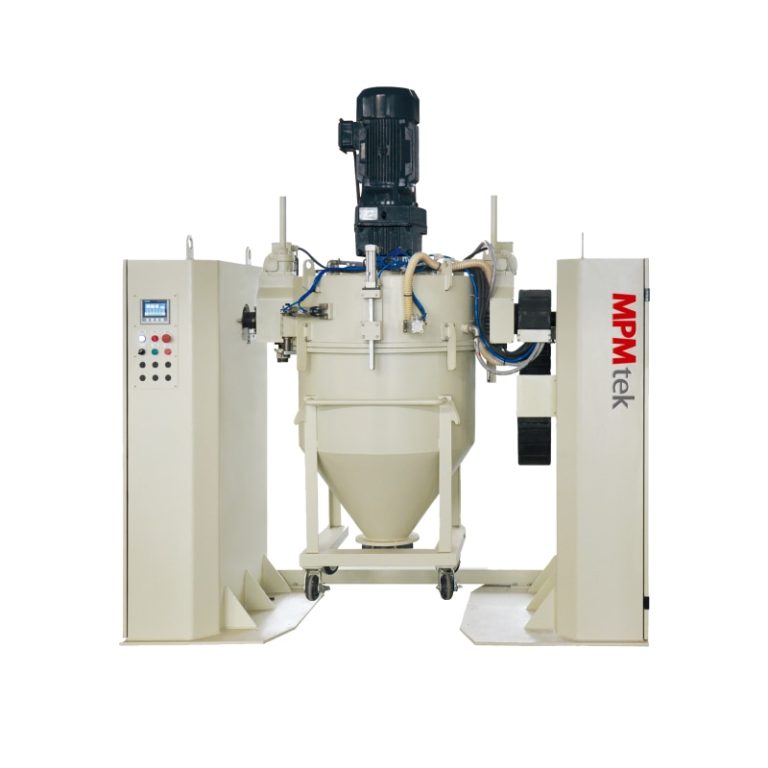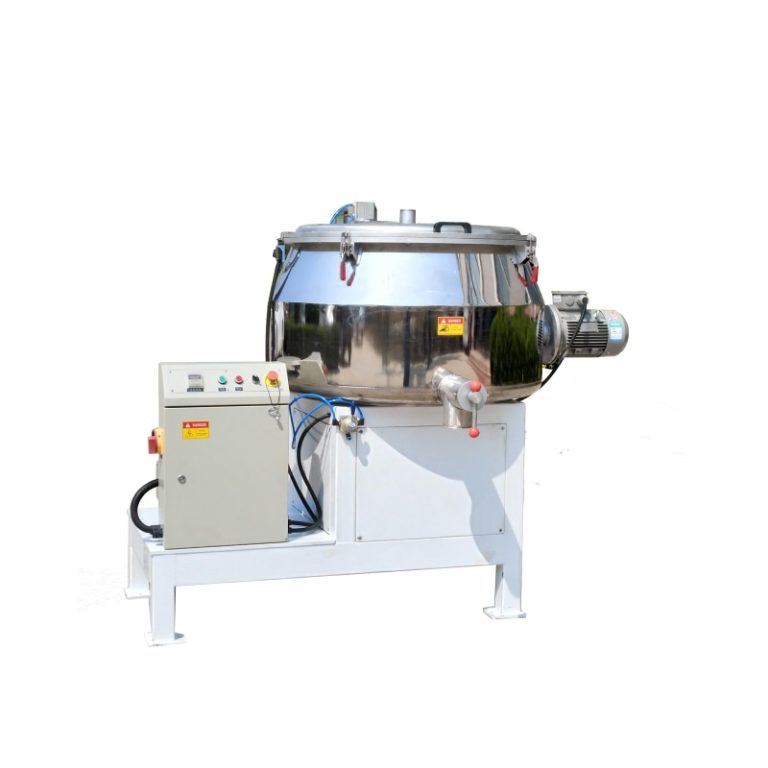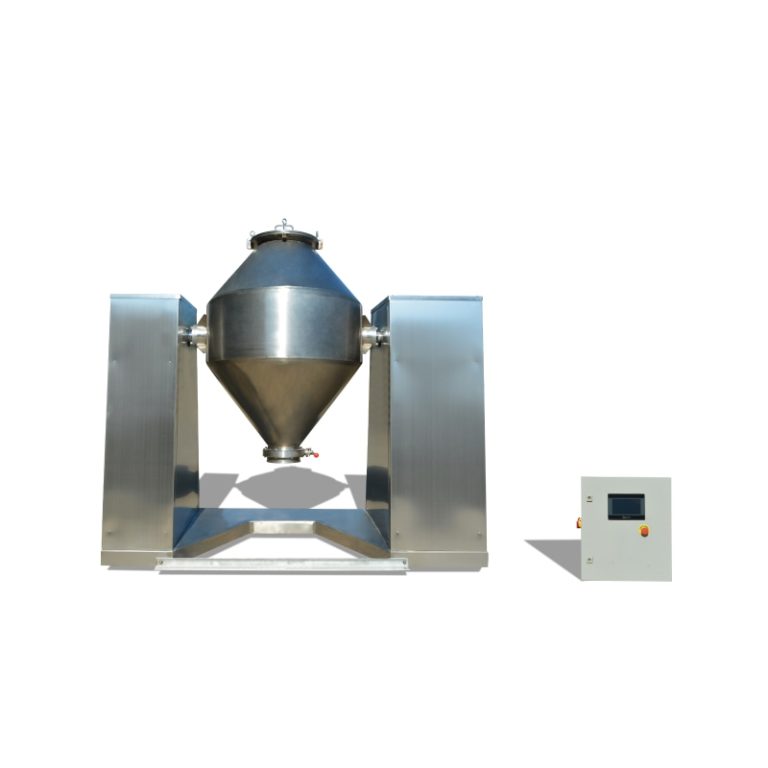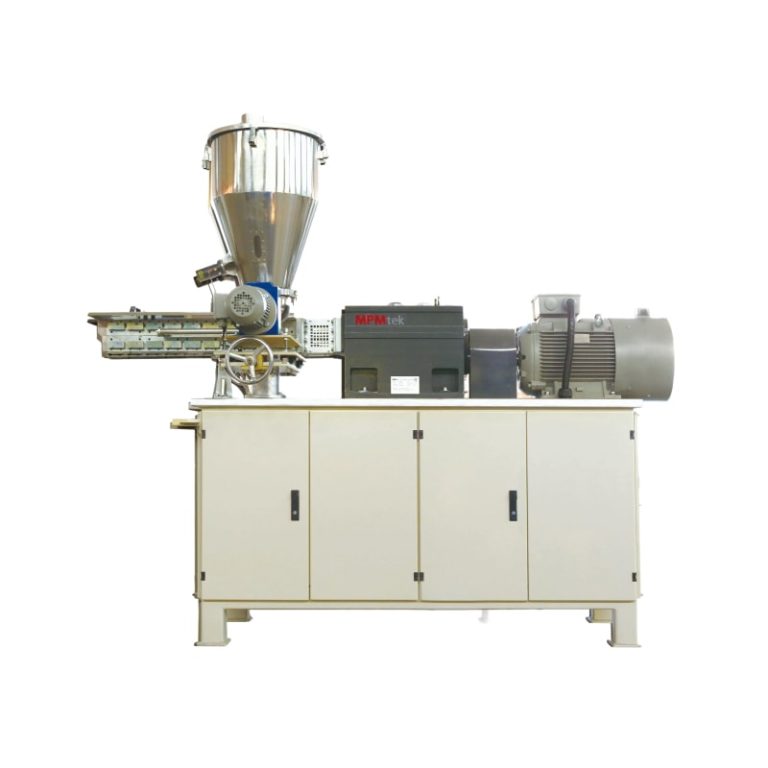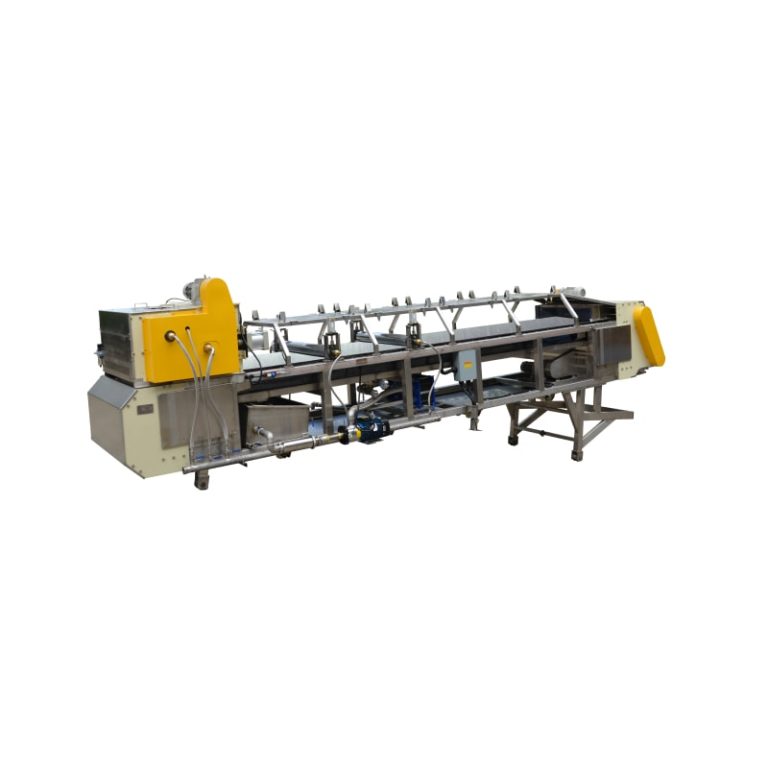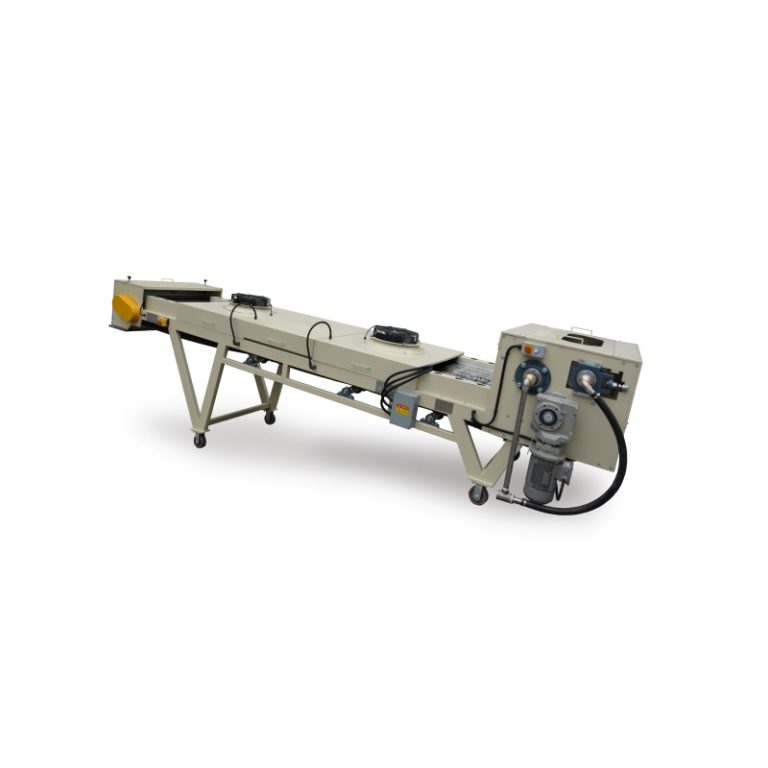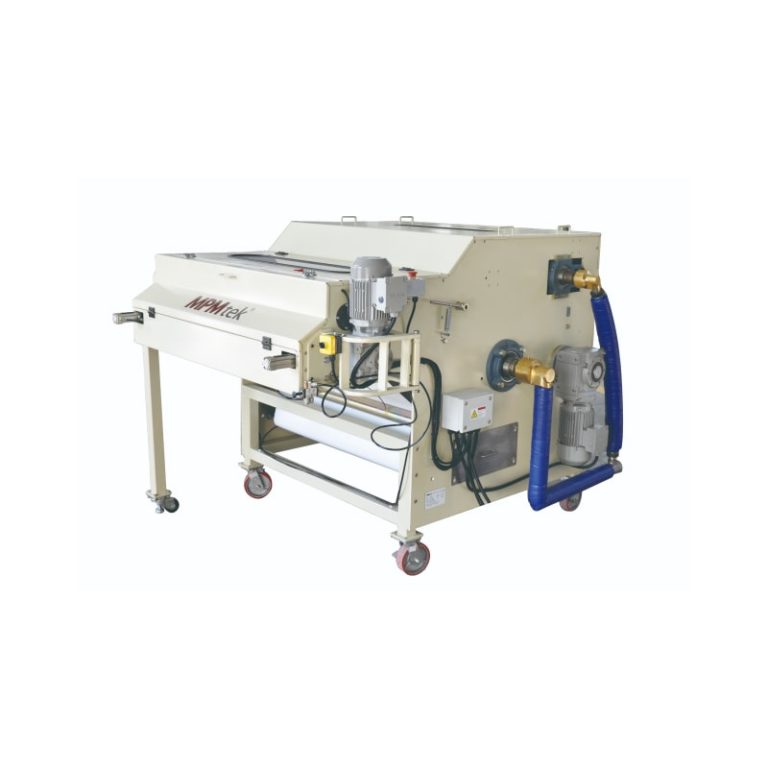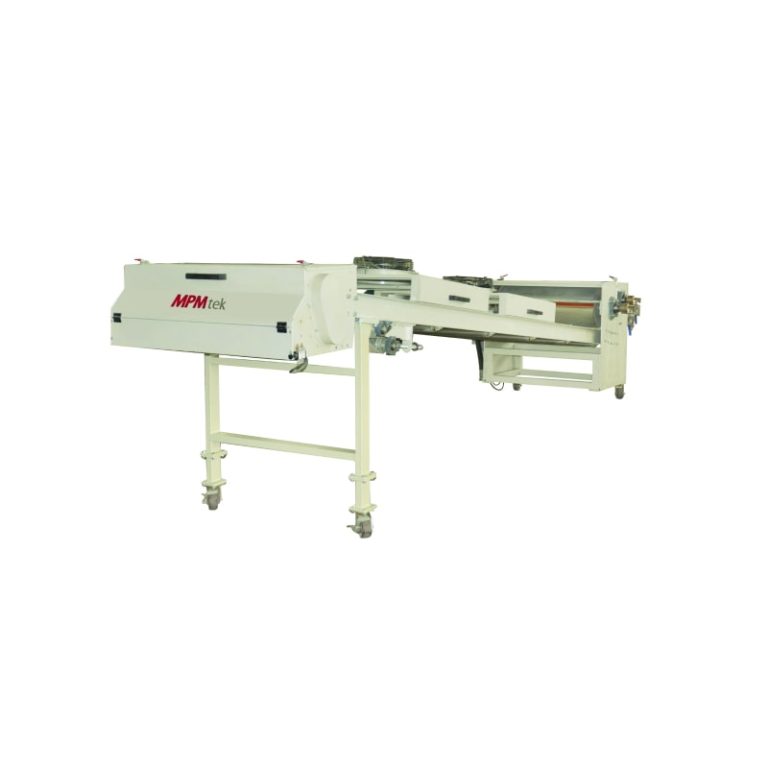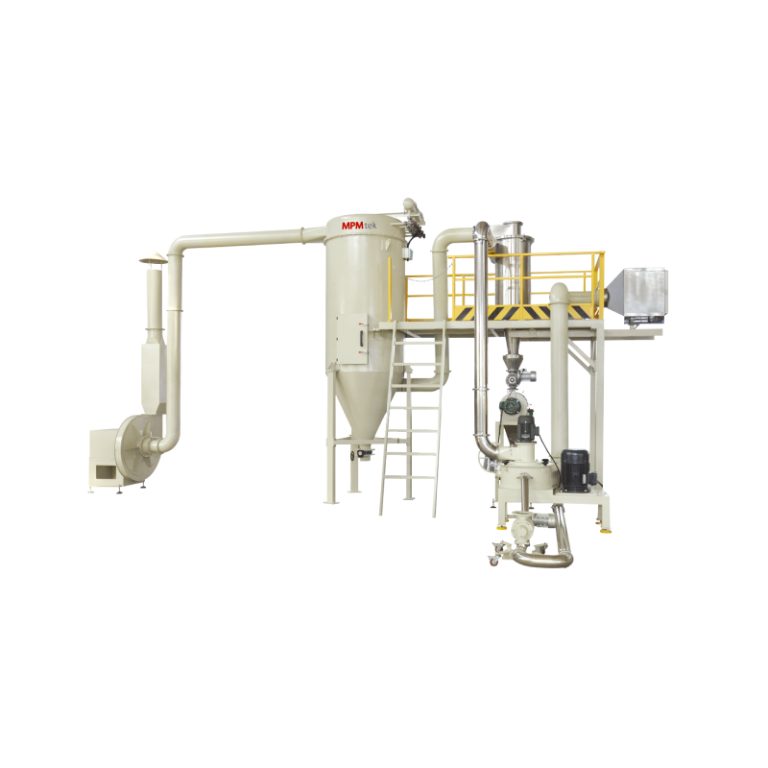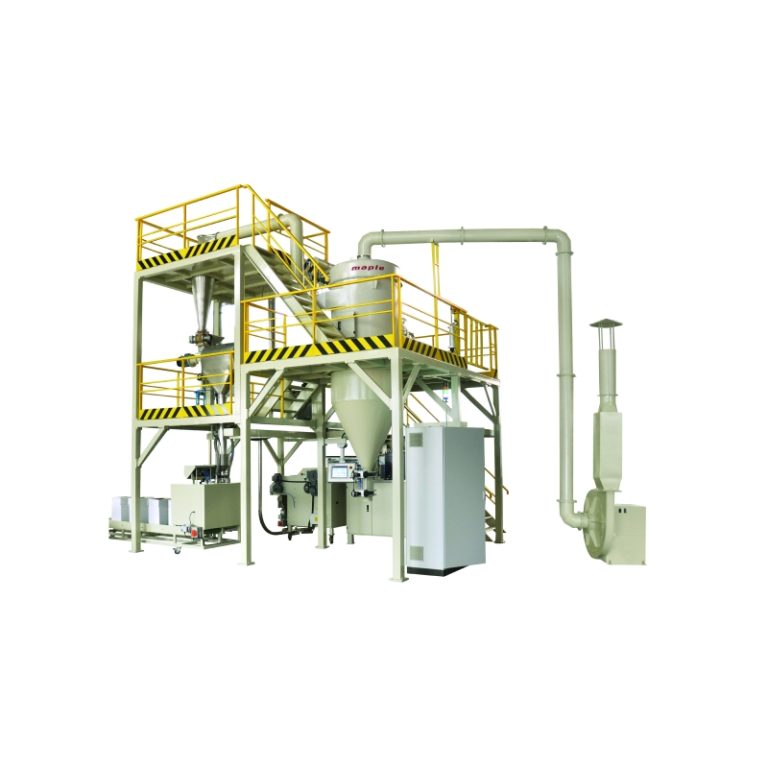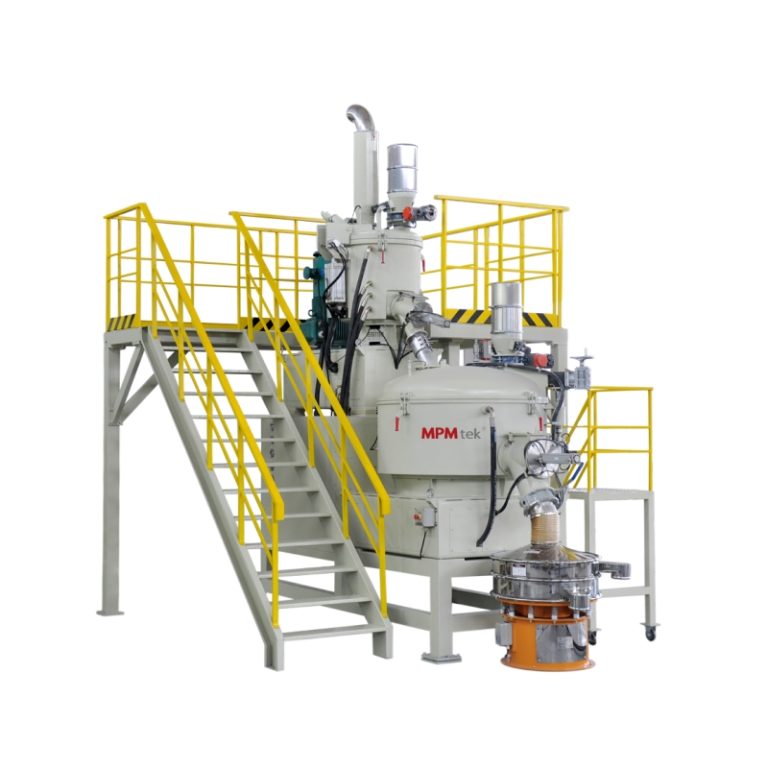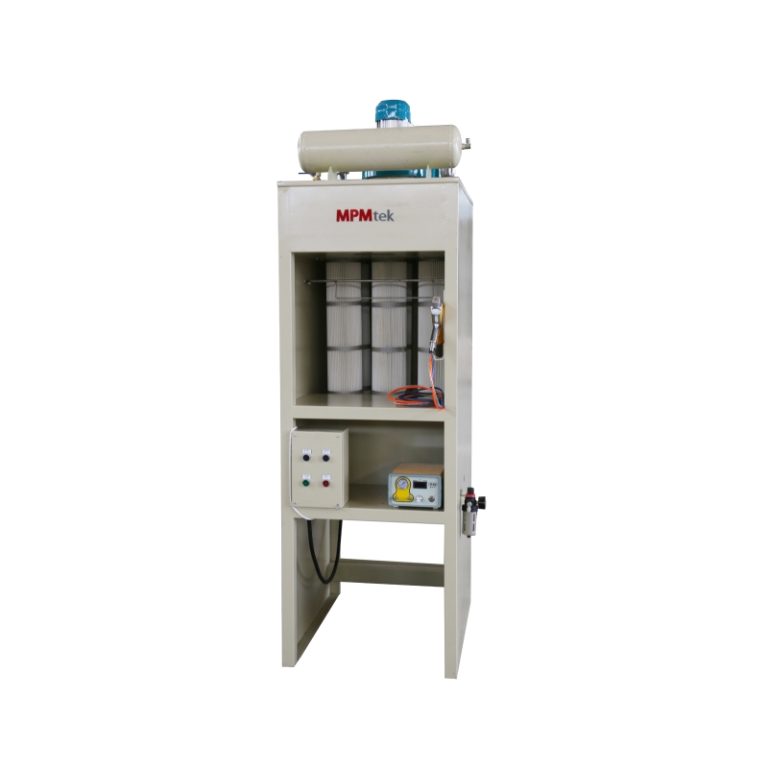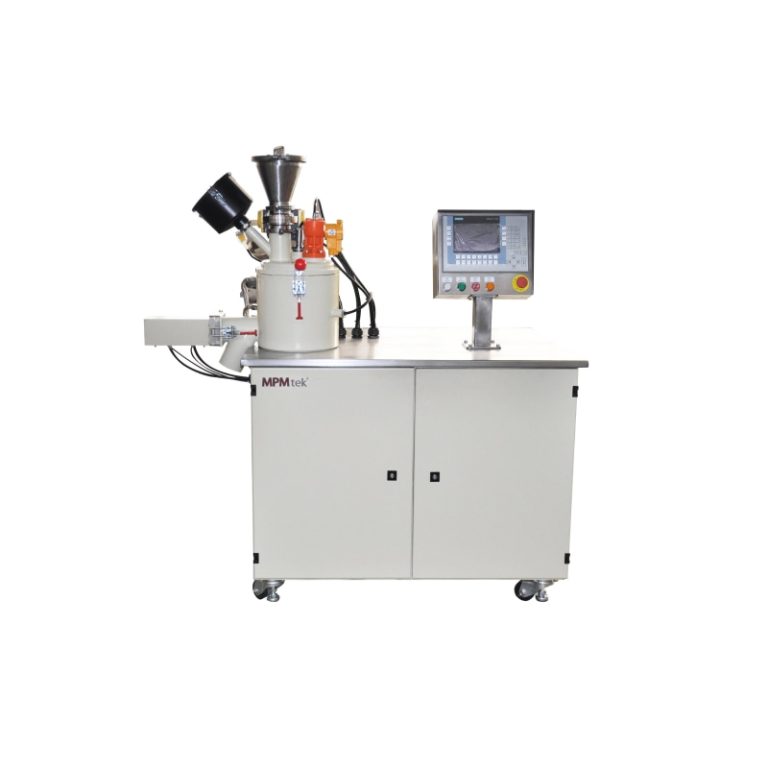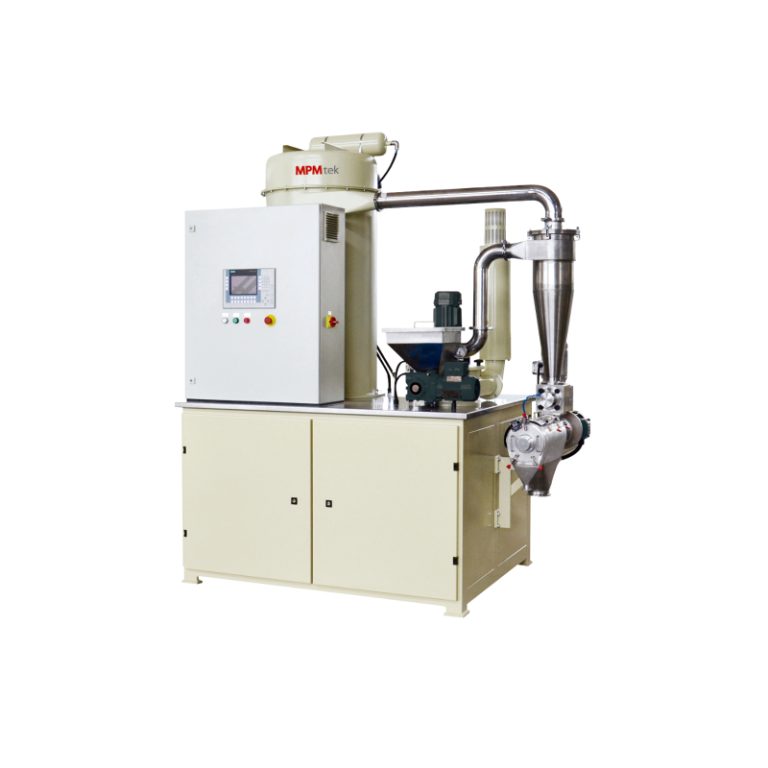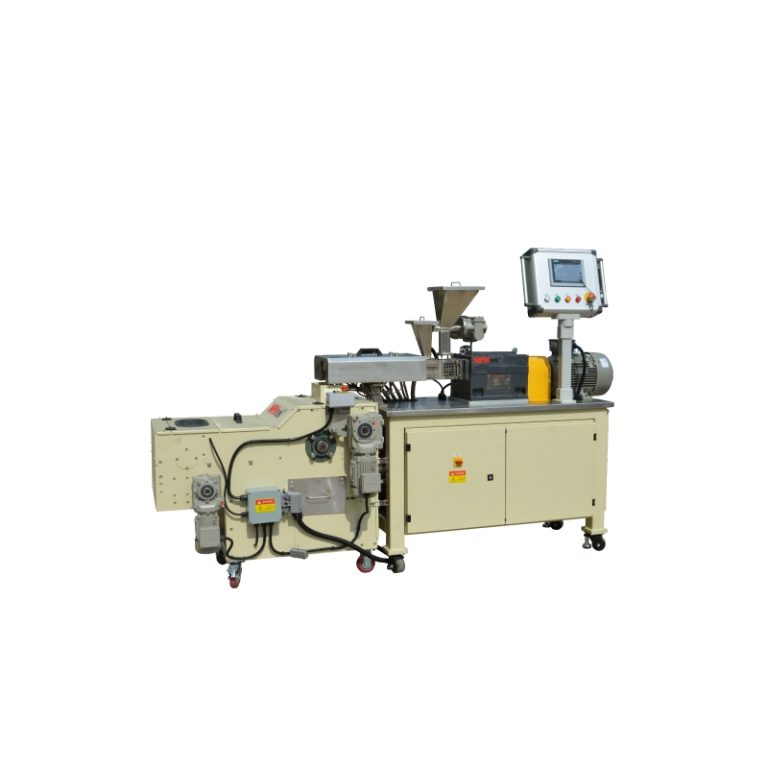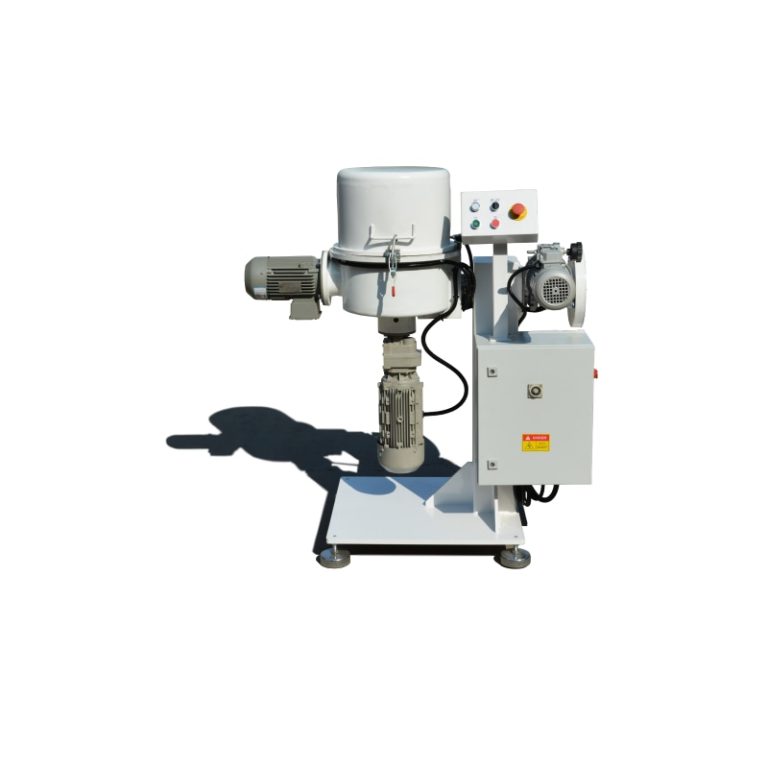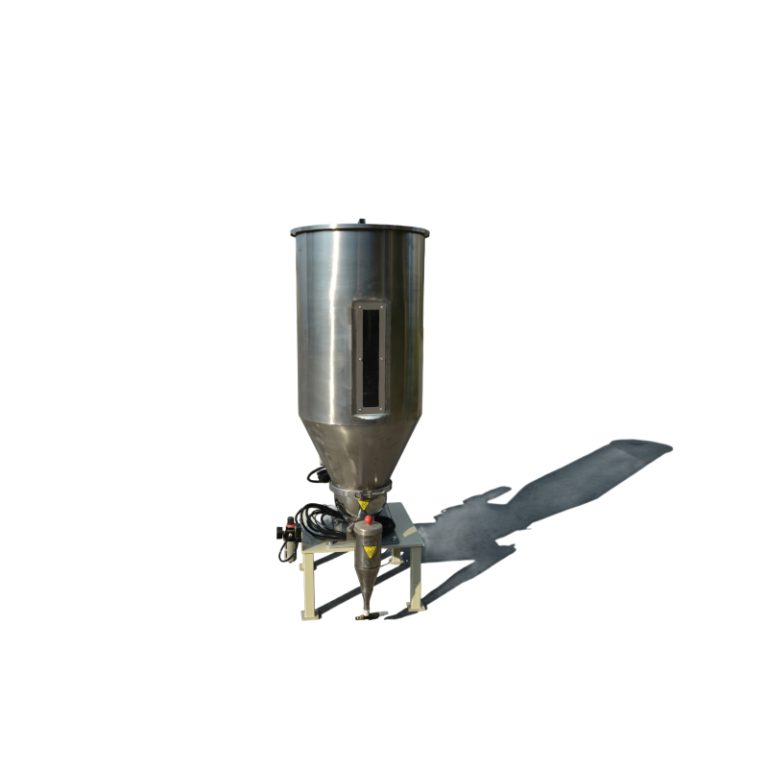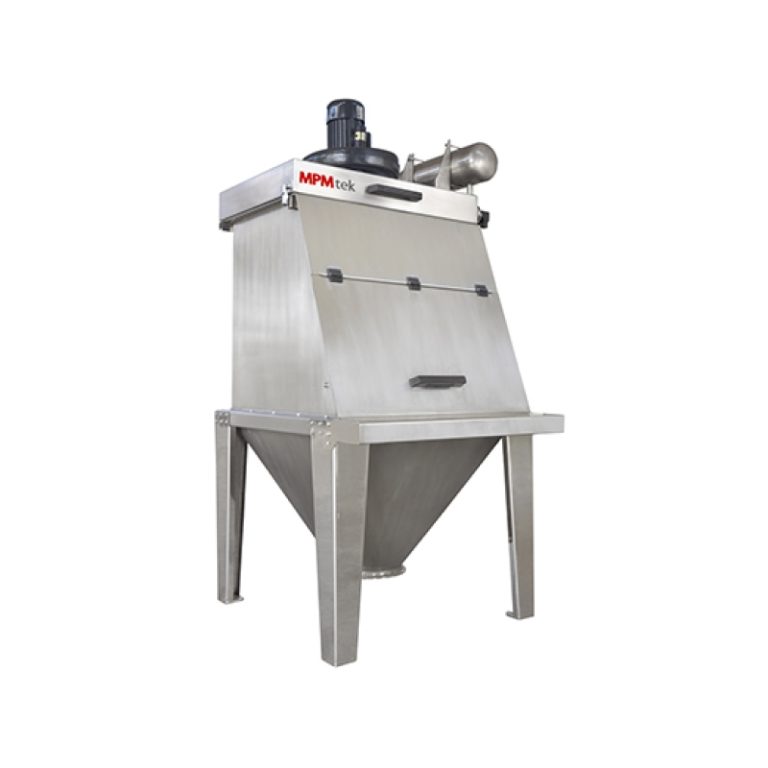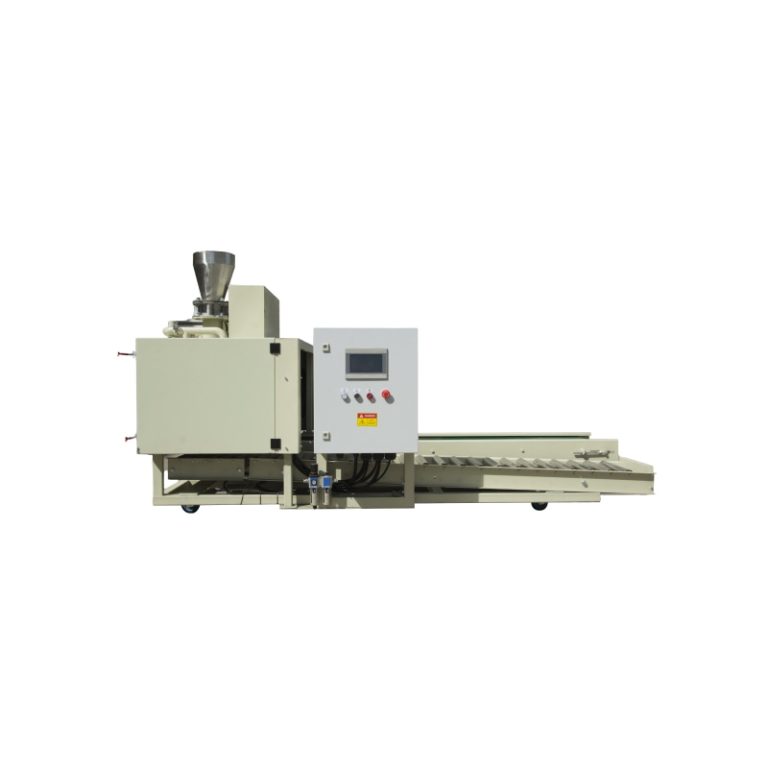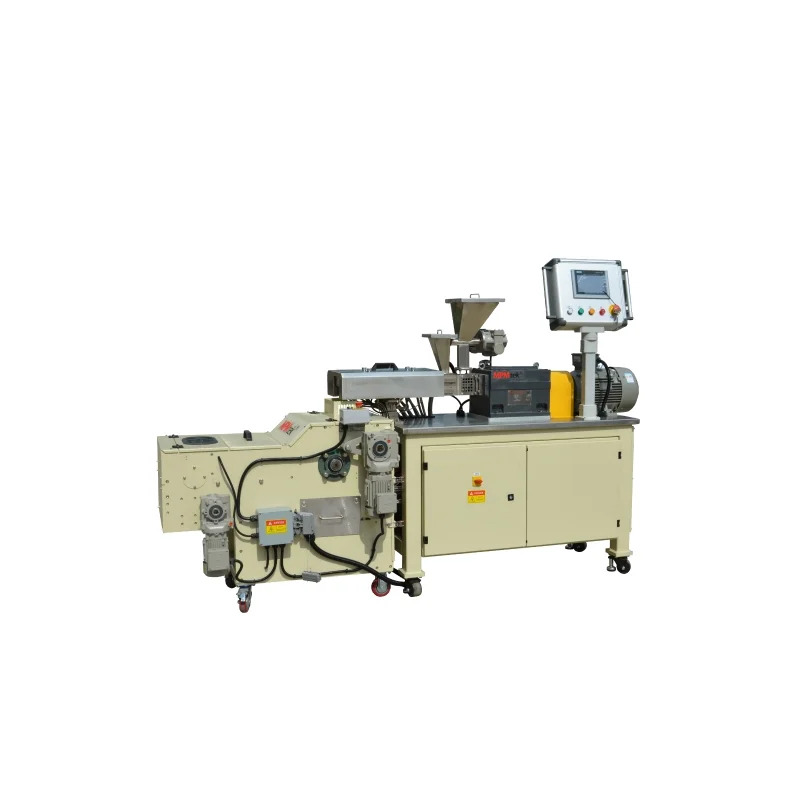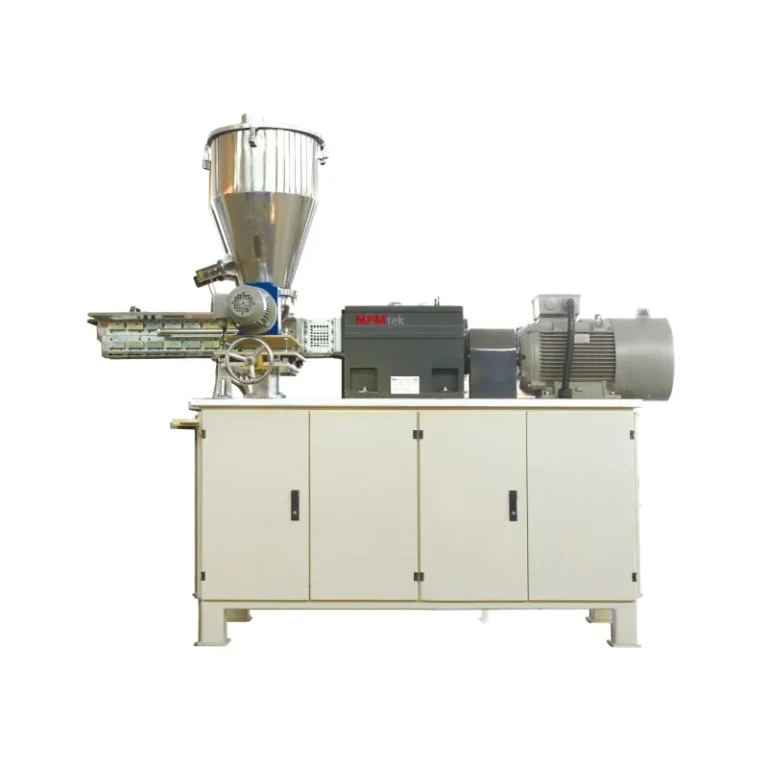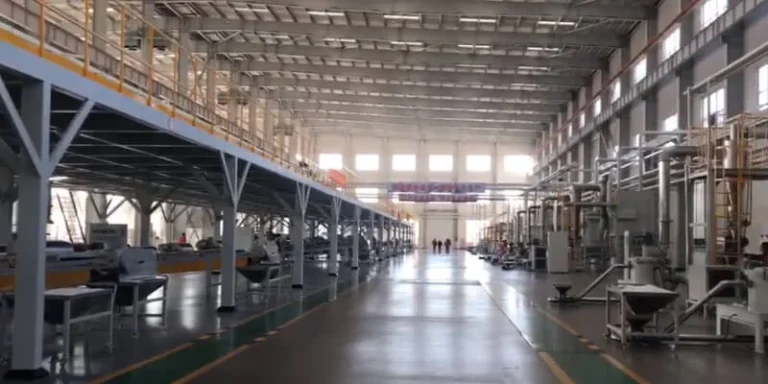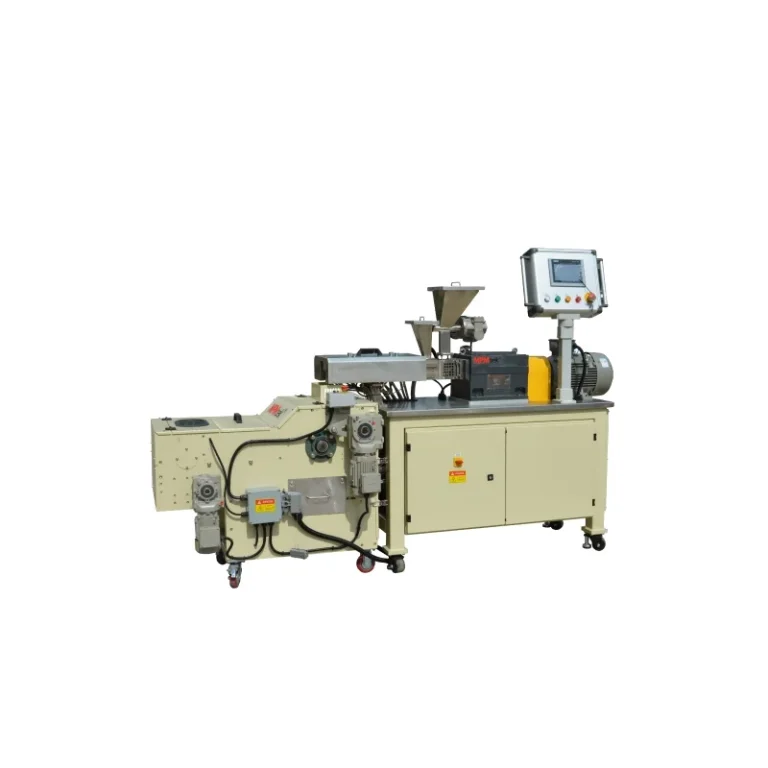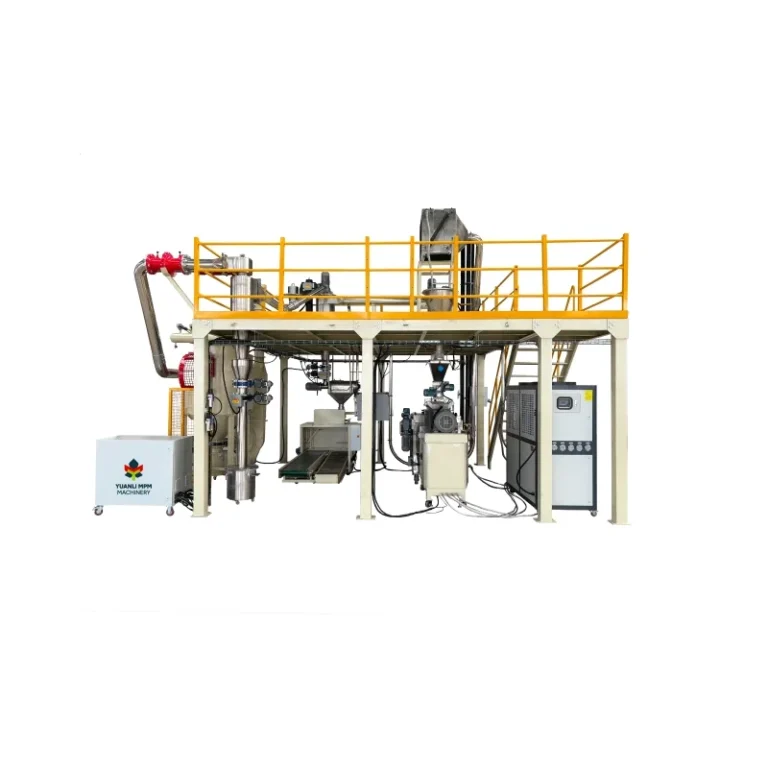The Powder Coating in Lab-Scale Preparation Process
Crafting powder coating in lab-scale is a careful task. It involves several key steps. Each step matters a lot. They ensure the end product hits the mark for specs and quality.
Raw Material Preparation
The first move is picking and prepping raw materials. This means choosing top-notch resins, pigments, and extras. These form the powder coating’s base.
The materials need exact weighing and measuring. This keeps the final product steady.
Pre-mixing
After prepping, the materials go through a pre-blending stage. This step makes sure all parts spread evenly before more work happens.
The Laboratory-Scale Container Mixer shines here. It’s an offline blending tool with movable bins. It mixes raw stuff smoothly and fully.
PLC & HMI systems steer it automatically. This gives flexibility and high use in making.
Melt Extrusion
Next, the blend moves to the Laboratory Twin-Screw Extruder. This gear has two spinning screw-shafts. They scatter and spread raw stuff with pinpoint kneading bits at fast speeds in the barrel.
It mimics real run settings spot-on. This locks in the best recipe growth and production tweaks for lab R&D.
Cooling and Shaping
Post-extrusion, the hot mix needs to cool and take shape. This usually uses chill belts or movers. The stuff gets rolled into sheets. It cools to room temp before smashing into bits.
Grinding and Sieving
The last bit grinds the cooled bits into fine dust with a Laboratory Mill. This mill keeps grain size tight, steady, and tweakable.
It nails run settings with low hum and shakes. That makes it perfect for lab setups.
Exploring Key Equipment and Their Applications
Powder coating in lab-scale prep, certain tools play big roles. They ensure quality and smooth work.
Laboratory-Scale Container Mixer
Function
The Container Mixer acts as an offline blending unit. It uses movable bins to mix raw stuff evenly.
Application
It’s super handy for jobs needing bendability, easy cleanup, and hue swaps. Its multi-bin setup makes this a breeze.
Laboratory Twin-Screw Extruder
Function
This extruder spreads raw stuff well. It uses two co-spinning screw-shafts with exact kneading parts.
Application
It’s a must for crafting top recipes in R&D. It mirrors big-scale conditions on a small level.
Yuanli MPM Machinery Co., Ltd. rolls out cutting-edge fixes for powder coating in lab-scale. Their gear, like the Laboratory Twin-Screw Extruder, ensures pinpoint precision and smooth runs across all prep steps. It’s ace for research and growth needs.
Laboratory Mill
Function
The Laboratory Mill turns cooled bits into fine dust. It keeps grain size tight and steady.
Application
It locks in stable grain spread with high grab rates (over 98%). This fits it for sharp lab checks.
Implementing Quality Control in Laboratory Powder Preparation
Keeping steady quality in powder coating in lab-scale calls for strict checks all through the prep.
Process Monitoring
Real-Time Tracking
Watching heat, push, and shear rates in real time is key.
This tracking keeps each batch’s traits steady during work.
Using Sensors
Fancy sensors and data trackers keep things stable. They tweak settings on the fly as needed.
Powder Characterization
Particle Size Analysis
Checking grain size spread ensures even coating use.
Flowability Testing
Flow tests gauge how well dust moves in spraying or fluid bed coating.
Density and Porosity Measurements
Gauging heft and air gaps sheds light on how coatings stick under different setups.
Addressing Common Challenges and Solutions
Making powder coating in lab-scale can hit snags. These might mess with the final product’s quality and steadiness. Knowing these hurdles and fixing them right is key for top results.
Uneven Mixing
Causes
Spotty blending can stem from poor spread of raw stuff in pre-mixing. This might happen if the blending gear flops or the mix time’s too short.
Solutions
To fix spotty blending, tap gear like the Laboratory-Scale Container Mixer. It blends raw stuff smooth and full. Its setup allows bendy runs, quick cleanup, and fast hue swaps.
Also, keep the mixer in top shape. Run it per maker rules. This nails steady outcomes.
Extrusion Instability
Causes
Shaky extrusion can pop up in the melt stage. Heat or push swings in the extruder cause it. These wobbles can mess with material flow and end quality.
Solutions
The Laboratory Twin-Screw Extruder is a game-changer here. Its two co-spinning screw-shafts spread stuff sharp with exact kneading bits.
It keeps extrusion steady by mimicking real settings. Watch heat and push often. Tweak them quick with live data. This holds things firm.
Inconsistent Particle Size Distribution
Causes
Grain size ups and downs can come from sloppy grinding or sifting. This wobble might sway how coatings work when applied.
Solutions
Use a Laboratory Mill to lock in tight, steady, tweak able grain sizes. It mirrors production settings spot-on with low hum and shakes. This suits lab work perfect.
Also, tune sifting gear often. Stick to set grinding rules. This boosts steadiness.
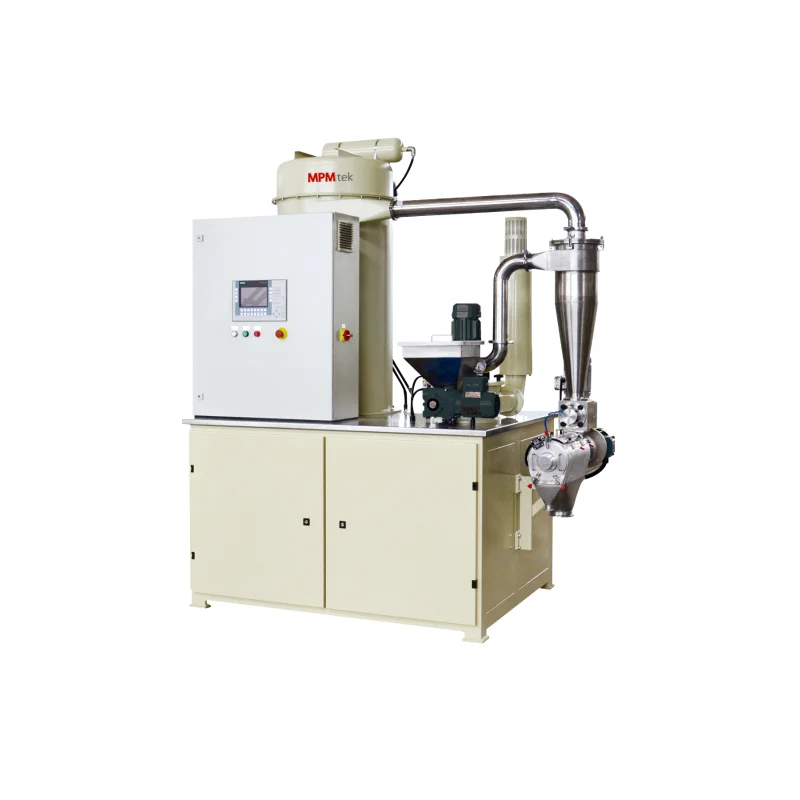
Crafting powder coating in lab-scale needs close care across steps—from picking raw stuff to final grinding. Tackling usual hiccups like spotty blending, shaky extrusion, and grain size wobbles needs top lab gear. Think Laboratory-Scale Container Mixer, Laboratory Twin-Screw Extruder, and Laboratory Mill. These tools lift precision and keep things smooth all through.
Yuanli MPM Machinery Co., Ltd. dishes out slick fixes for Powder Coating in Lab-Scale. They offer high-grade gear that hits tough quality bars for R&D needs. Their pledge to top work ensures trusty results in powder coatings in lab-scale machine manufacturer.

